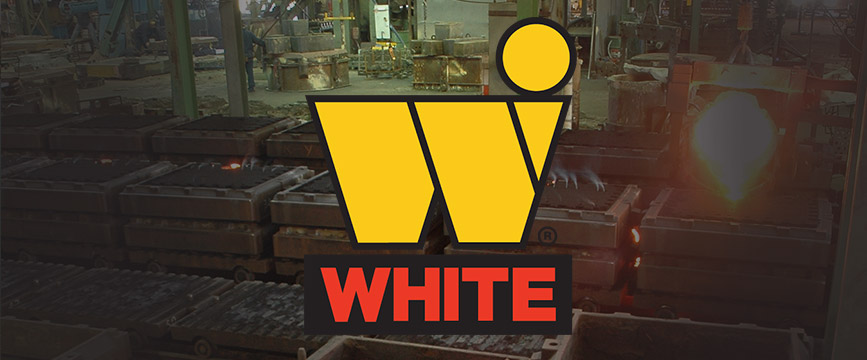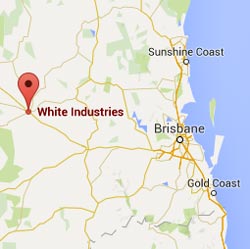Foundry Tech: Austenitic Manganese Steel
Another highly alloyed steel family is Austenitic Manganese Steel (AMS). The original grade was invented by Sir Robert Hadfield in the 1880s, and the family is still referred to as Hadfield Steel.
This family of steel contains anywhere from 11-25% Manganese, 0.6-1.5% Carbon and various combinations of Chromium (for improved abrasion resistance) and Molybdenum (for improved toughness) depending on the application. This sort of steel is unique in that it work-hardens in service. Another term for this is strain-hardening.
After casting and heat treatment to dissolve any grain boundary carbides, the structure is fully austenitic. It is soft (around 150-200BHN) and ductile. When it goes into service and undergoes impact loading, the skin exposed to the impacts undergoes a phase transformation called twinning, with a hardness of 450-500BHN.
The photomicrographs below show AMS as produced and after work-hardening, where the crystals shear into mirror images or “twin”, the resultant structure shows as “chevrons”.

This hard skin in the AMS provides a good wear-resisting layer, with the bulk of the material underneath still soft and ductile. As the hard layer wears away, the new material exposed is then work hardened through the twinning process. Essentially, it is a self-healing material, and having the bulk of the casting in a softer and tougher ductile state reduces the risk of through-cracking, as would happen with a fully hardened martensitic structure.
AMS finds service in mining situations such as bushes in rigging components, gyratory crusher wear components and wear plates, rail applications such as frogs (rail crossings), and industrial applications like hammers for car shredders.



